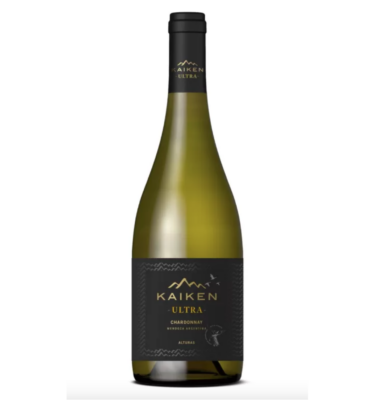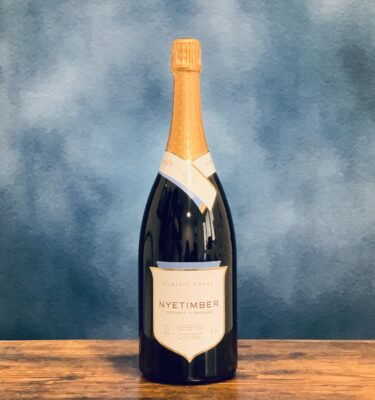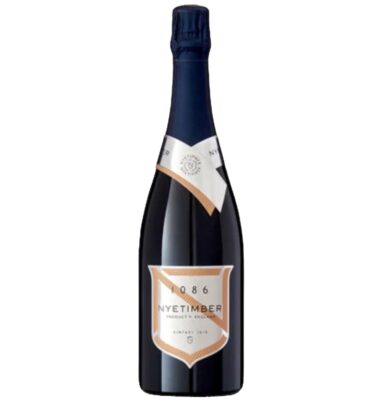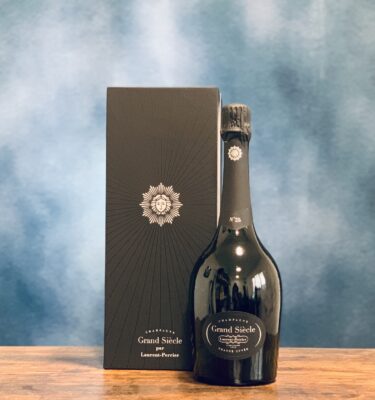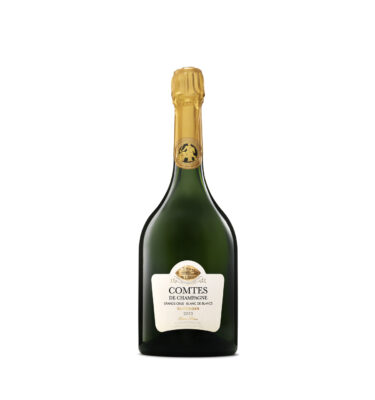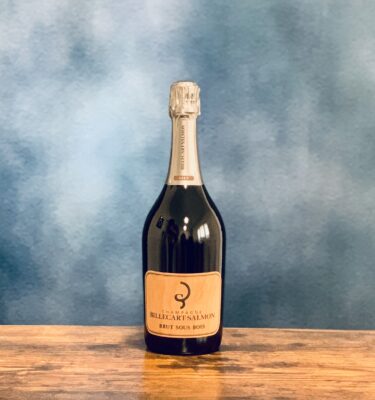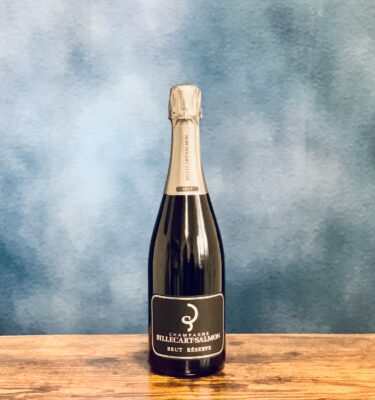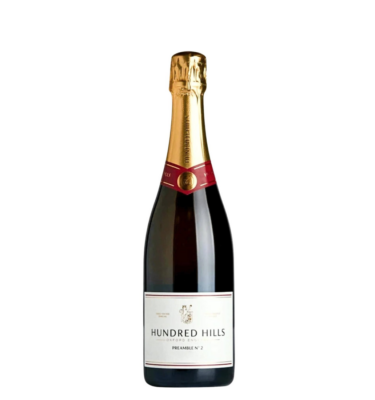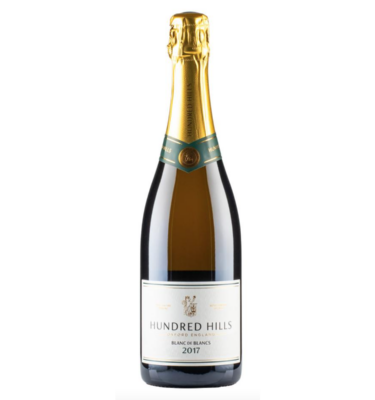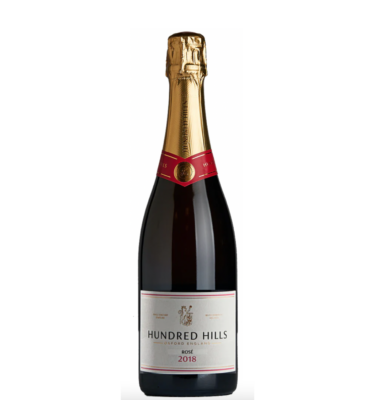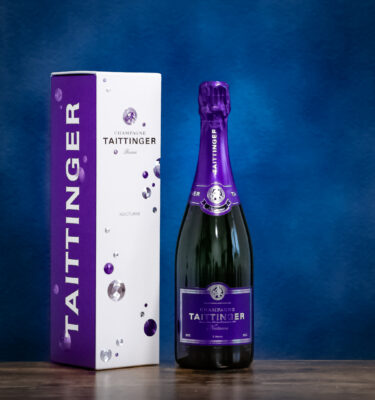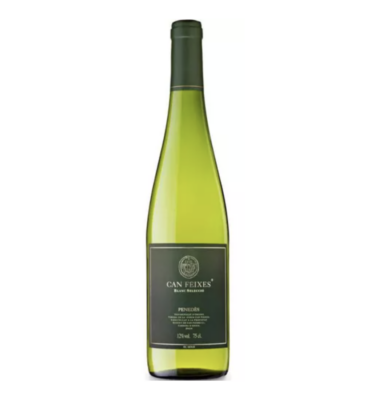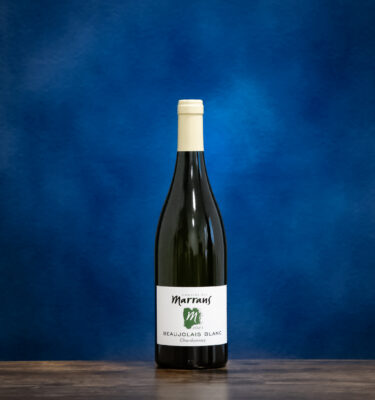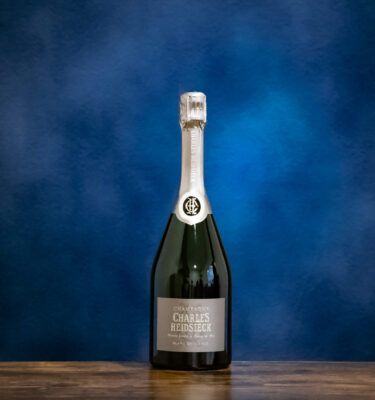Chardonnay
Showing 1–20 of 69 results
- Sale!
- Sale!
- Sale!
- Sale!
- Sale!
- Sale!
The Chardonnay grape is a highly versatile green-skinned grape variety, prized by winemakers for its adaptability to a wide range of climates and winemaking techniques. As one of the most widely grown grape varieties in the world, Chardonnay can be found in many wine-producing regions, from the cool climate vineyards of Burgundy in France, to the sun-drenched vineyards of California, Australia and New Zealand.
Chardonnay grapes are used to produce some of the world’s most popular white wines, including Chablis, Meursault, and Australian and Californian Chardonnay. The grapes themselves are relatively neutral, allowing winemakers to create a diverse range of styles, from crisp and unoaked to rich and buttery, depending on their preference and the climate in which the grapes are grown.
The flavour profile of Chardonnay grapes can be highly influenced by the region and climate in which they are grown, resulting in a diverse range of fruit flavours and aromas. In cooler climates, Chardonnay wines may display flavours of green apple, lemon, and lime, while warmer regions may yield wines with tropical fruit notes such as pineapple and mango. Other common flavour and aroma descriptors include pear, peach, melon, and even vanilla and oak, when aged in oak barrels.
In addition to its versatility and adaptability, Chardonnay is also highly prized for its ability to age well. Many Chardonnay wines can improve with time, developing complex aromas and flavours that can evolve over many years in the bottle. As such, Chardonnay is a popular choice for wine collectors and connoisseurs, as well as casual drinkers looking for a delicious and versatile white wine.

